'Inside Out: Portraits Of Cross-Gender Children' Beautifully Documents Transgender Kids
For the past 12 years, Dutch photographer Sarah Wong has documented the lives and experiences of a group of children who have transitioned — or are in the process of transitioning — to live as their authentic selves.
Wong captured these images of children involved with VU University in Amsterdam, where they engaged in a type of therapy that aimed to support children who experience gender dysphoria. A number of these kids took or have taken puberty blockers in order to delay the effects of puberty until they decide how they want to live their lives. However, the photos were taken at the kids’ homes, schools, ballet classes — spaces where they felt most comfortable.
Wong shared the images with the world through a book called Inside Out: Portraits Of Cross-Gender Children, published in 2011. A medical research journalist from the Dutch Volkskrant newspaper, Ellen de Visser, wrote the book’s text.
The Huffington Post chatted with Wong this week about the children in these photos, as well as her own experiences documenting the lives of these kids.
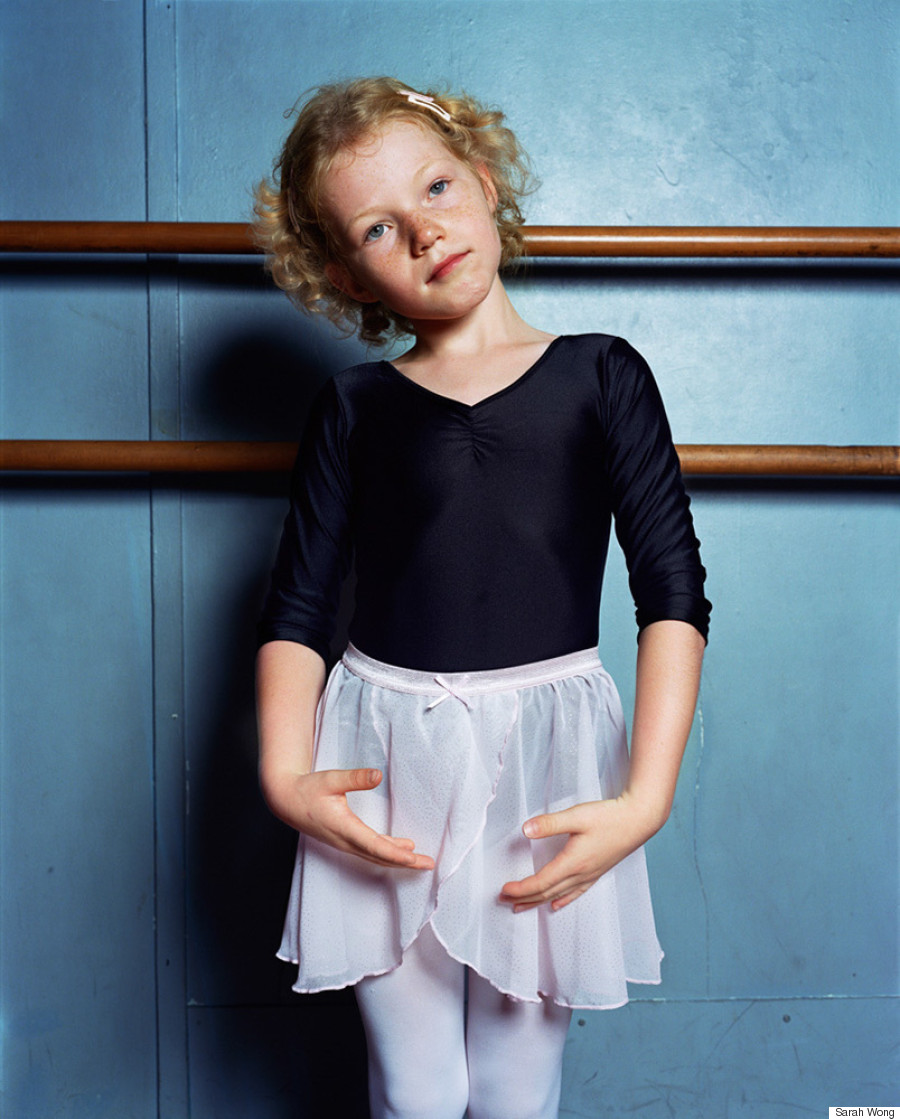
Ballet Girl, 2005
The Huffington Post: Who are the children captured in these photographs?
Sarah Wong: These are Dutch, cross-gender children aged 5 up to 17. I photographed them since 2003 by request of their parents. I worked as a photographer in health care and had just finished a photo book about a children’s hospital. We met, and the cross-gender children immediately touched my heart.
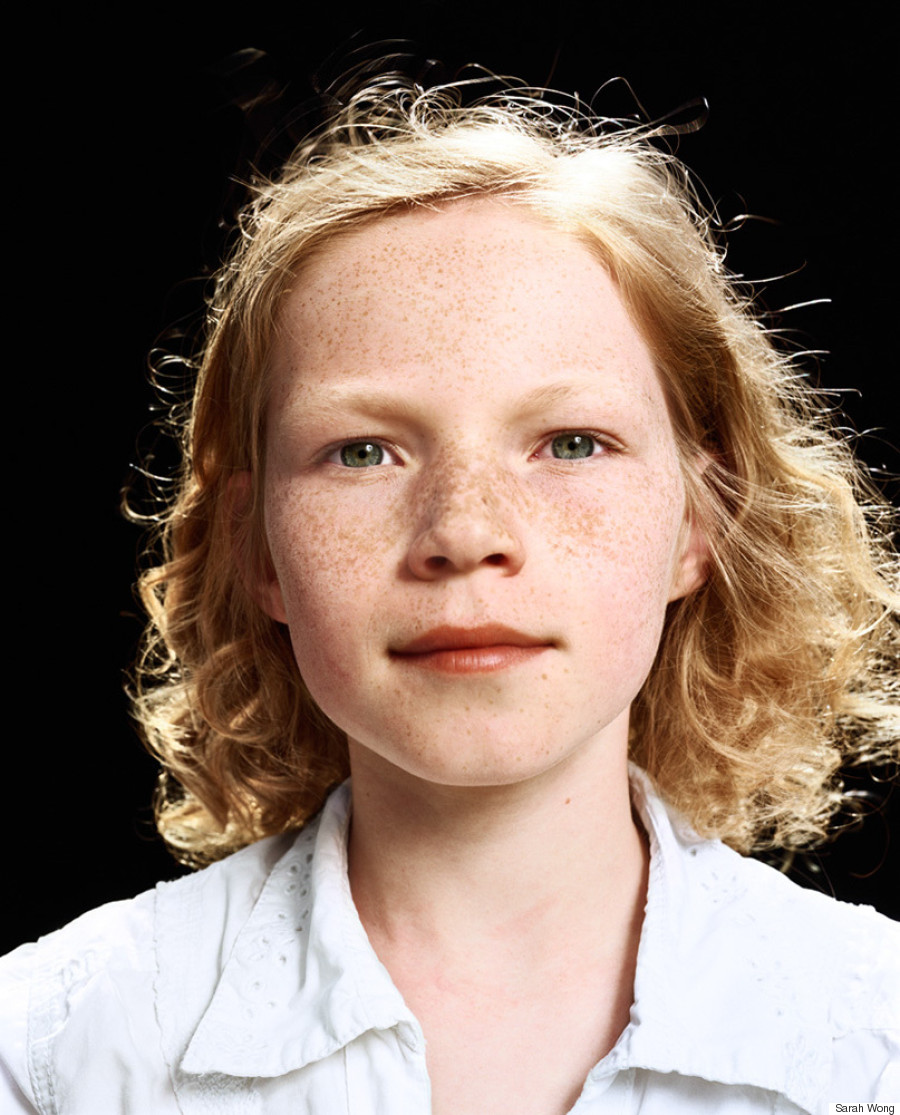
Ballet Girl, 2010

Boy with swimming suit, 2009
“At the end we’re all the same — souls who want to be happy and live compassionately.”
What was your goal/intention with photographing these children?
My goal was to help them to find happiness. With their portraits I wanted to empower them — no sensational journalistic approach. Not a boy in a dress or a girl with a football. When people saw the portraits they said, “lovely children, but who are they?”
The photographs showed lovely children, with a strong consciousness: this is who I truly am. At the end we’re all the same — souls who want to be happy and live compassionately.
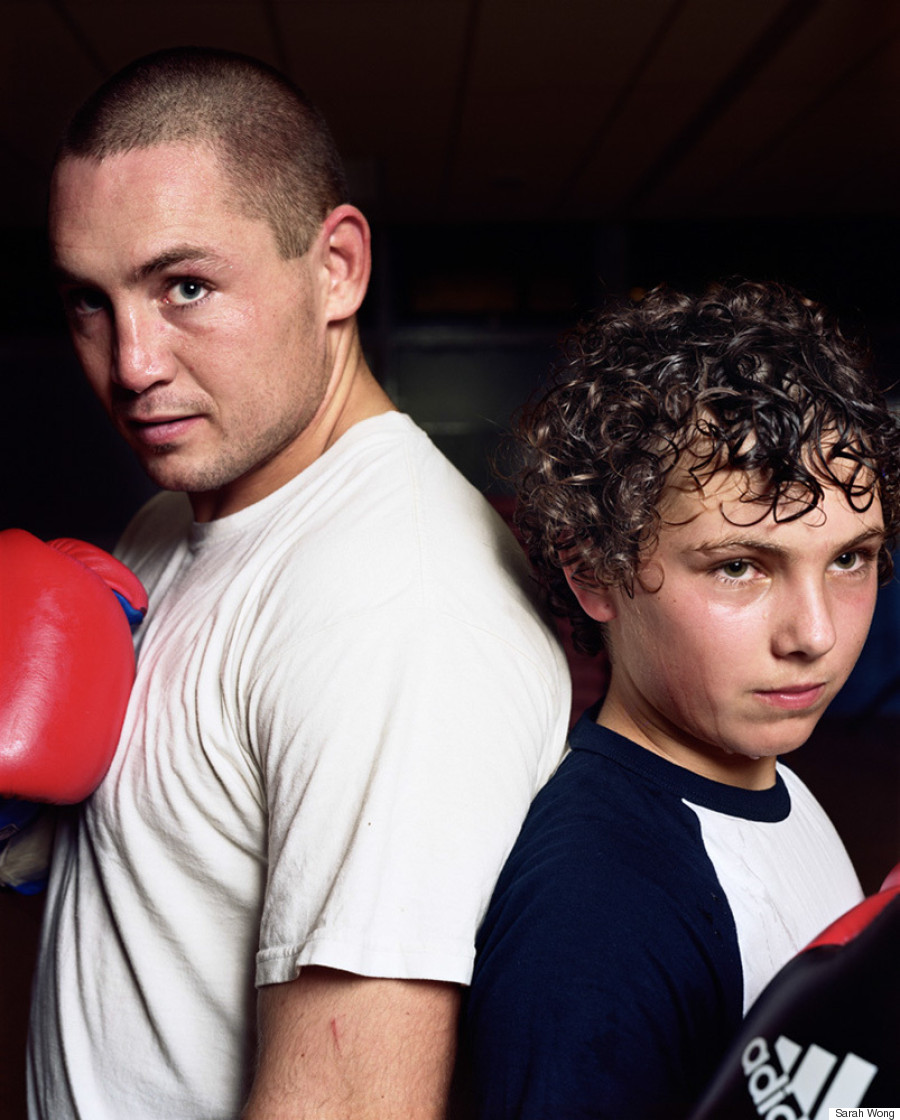
Boy with boxing trainer, 2010
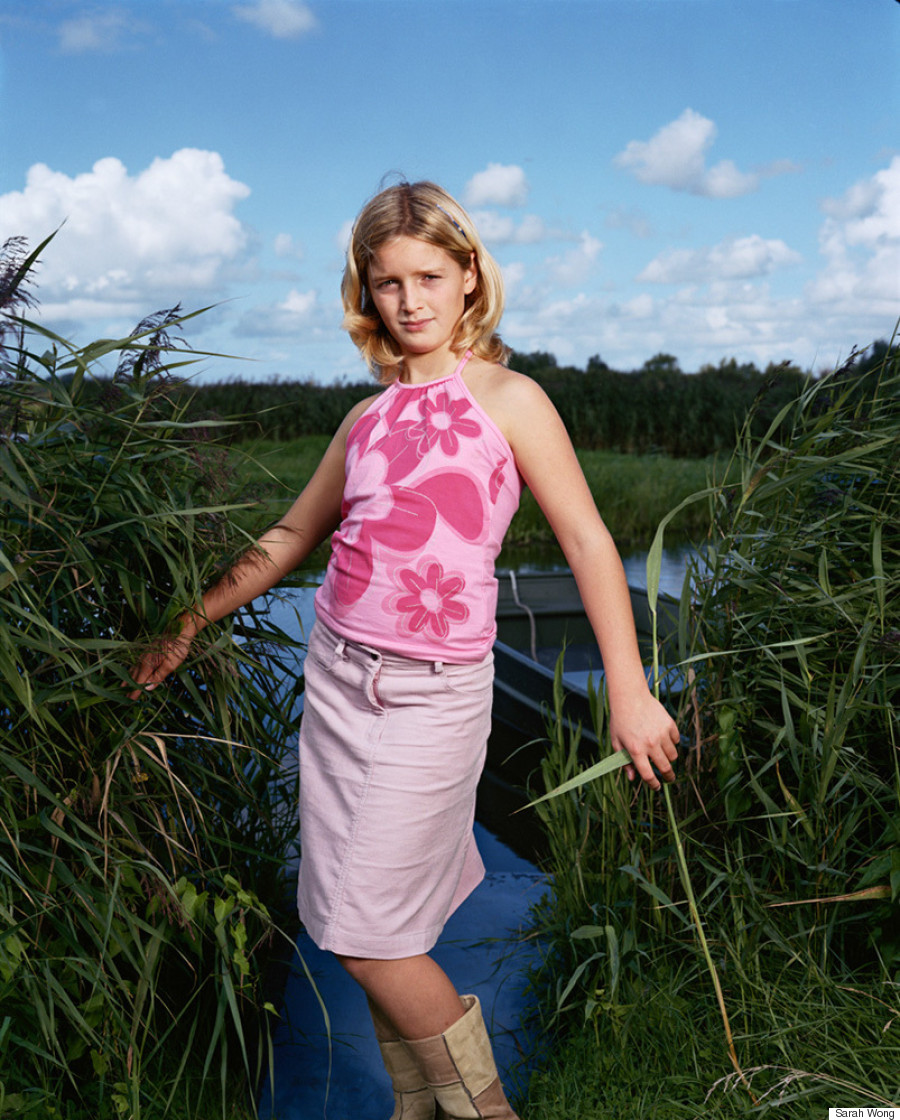
Girl, 2003
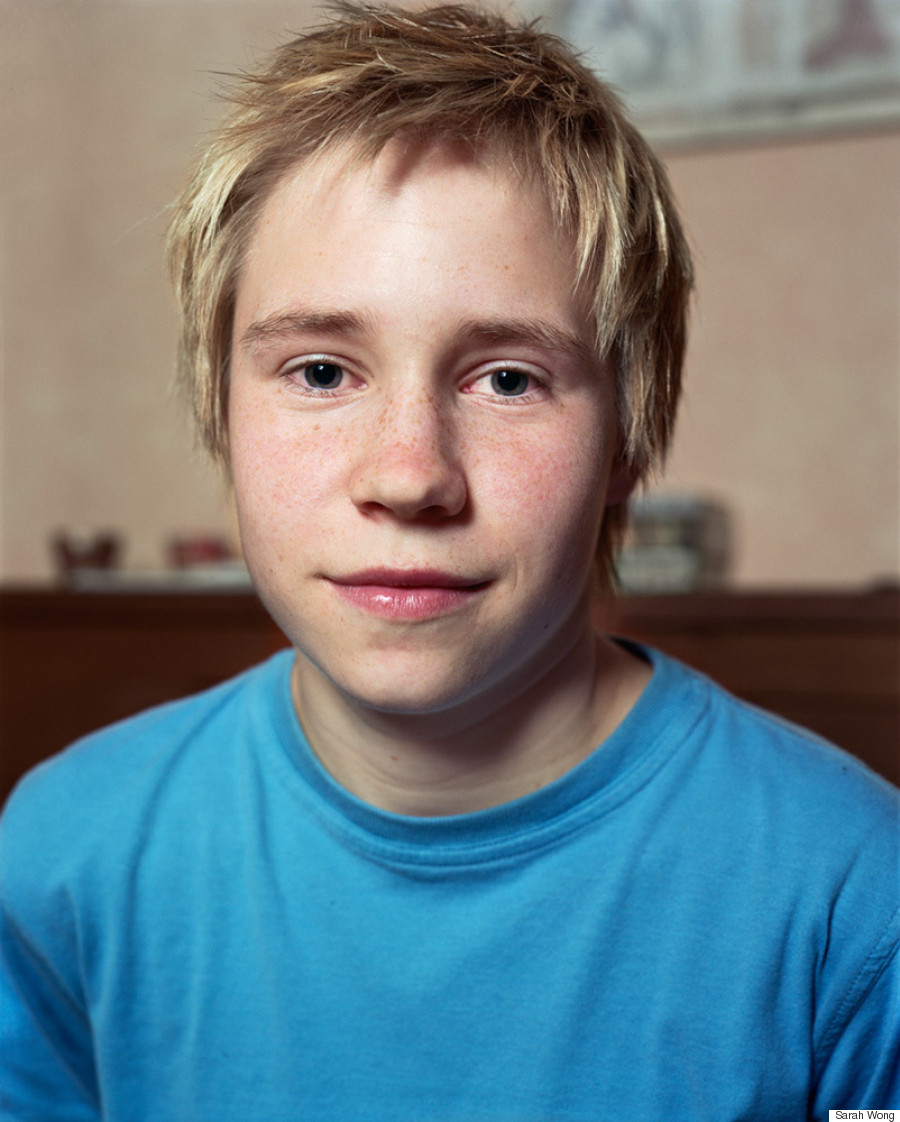
Boy, 2007
What were the experiences of these children like at this European clinic?
The children had very good experiences at the VUmc because of the puberty blockers. The greatest nightmare from a cross-gender child is your body growing the wrong direction. A boy doesn’t want breasts and girls don’t want to have a beard. The puberty-blockers gave relief and thinking time, and they could grow up like “normal” teenagers.
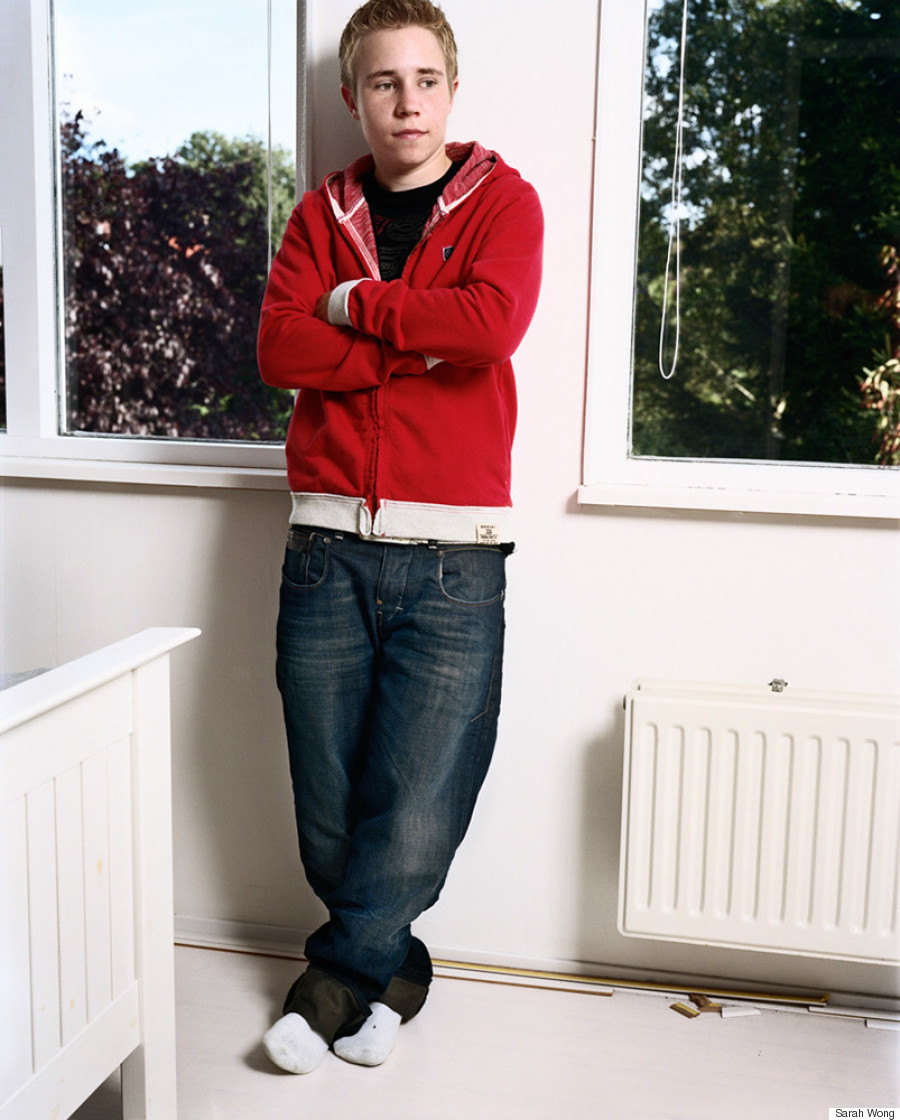
Boy, 2009
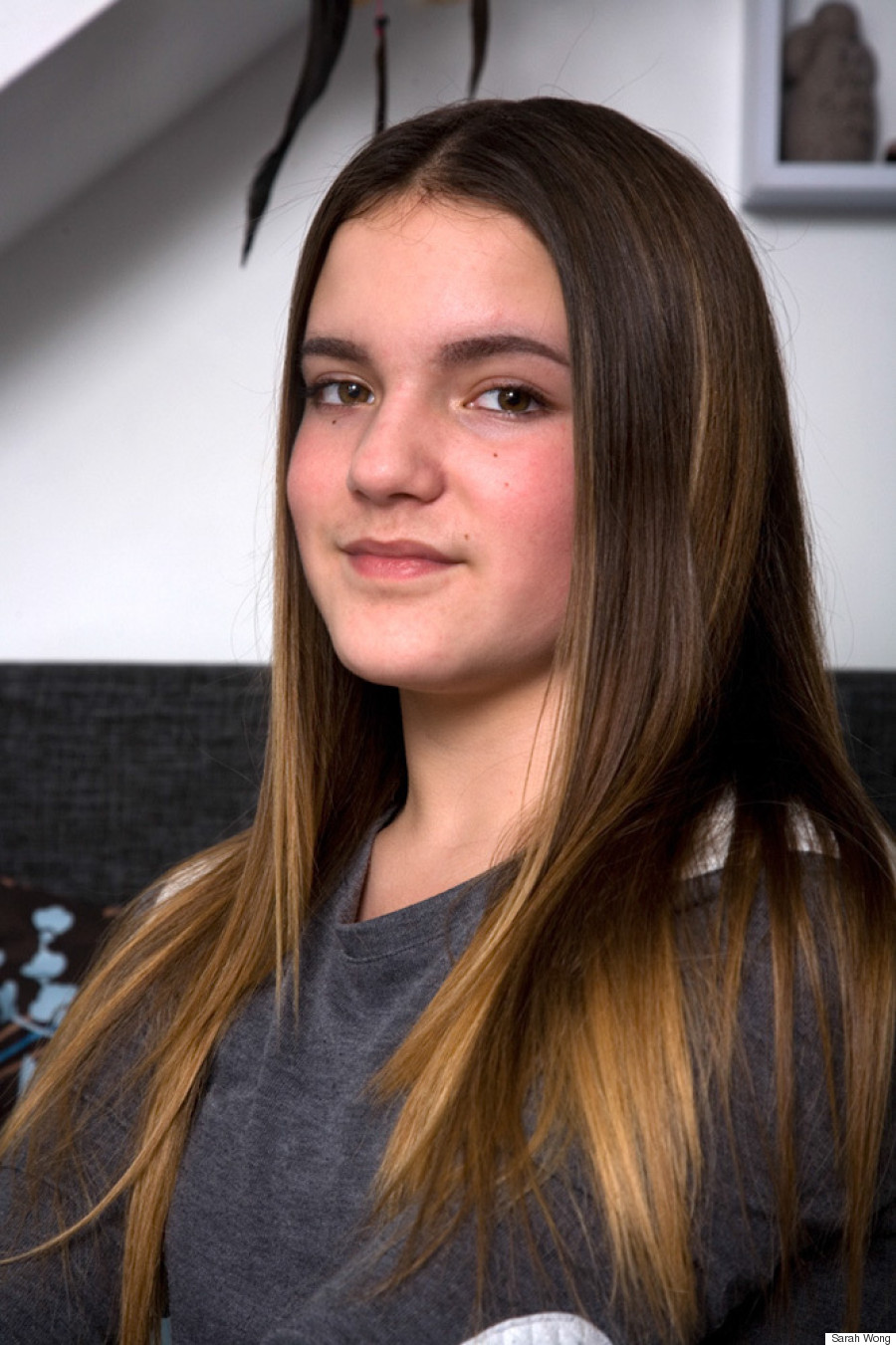
Girl, 2015
Why, as a photographer, is providing these stories and experiences visibility so important?
As an artist your work can have a great impact on public opinion. I was always very interested in identity and compassion and felt sometimes more like a psychologist or detective-profiler, than a photographer.
I realized very young, at age 21 in art school, that as an artist, your photographs can have a great impact on the public opinion. I was very much inspired by Robert Capa and Henry Cartier Bresson, Magnum photographers.
It’s very important for society to see these images — theres nothing sensational about transgender kids. Again, at the end we’re pretty much the same: we’re all souls who want to live happy and give meaning to our life and others.
It was during the project that I suddenly understood why these photos were incredibly important for the kids. They showed who they really were. The photographs were almost forensic proof for them.
Mostly, photography is about the emotions and ego from the artist. Well, during this project my ego shrunk every photoshoot because I was in service of them. And I liked very much the idea that the photographs we made were for a greater purpose. Unfortunately, I could never expose them in a museum because of the integrity of the children. Now that they’re older I’m looking for a great spot. Society and public opinion has changed.

Girl, 2003
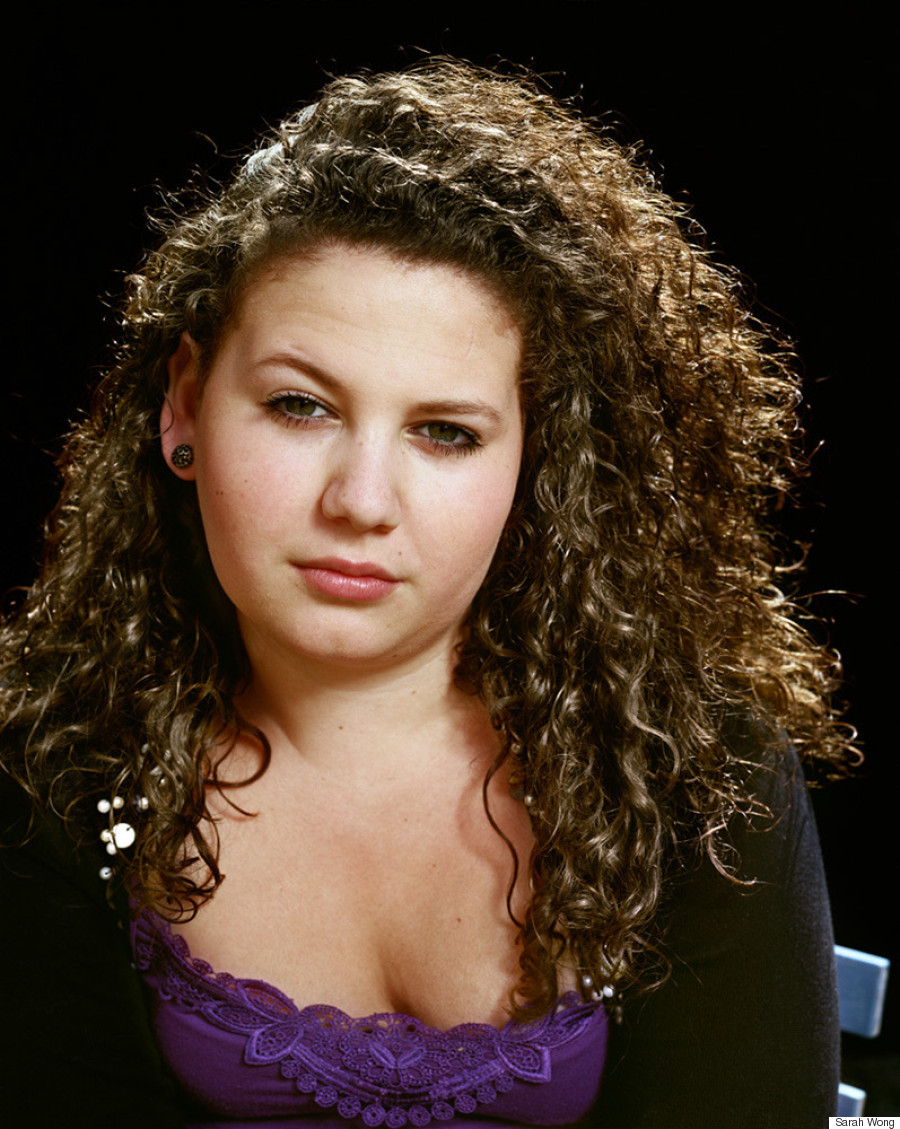
Girl, 2009
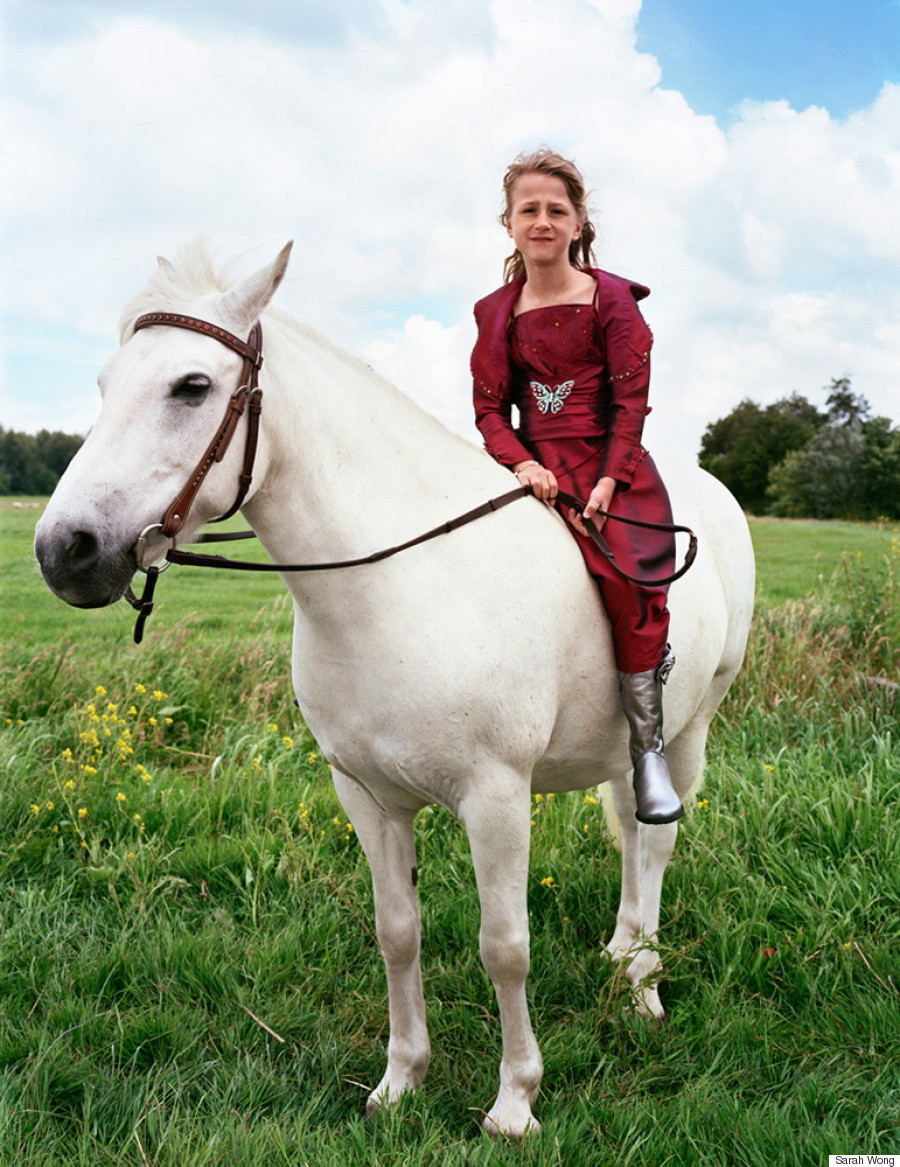
Princess on white horse, 2012
What do you hope viewers take away from these images?
I truly hope The Huffington Post audience will take the compassionate way of looking. This means a way of looking with the heart — free from personal emotions.
If you get emotional with someone’s suffering you are not in a position of empowering someone. The very first doctor who helped these children was a pioneer as well. During the weekend he was a deacon in a church. The reason he wanted to help transgender gender people was because of this compassionate way of looking at them — not as a doctor but as a human being.
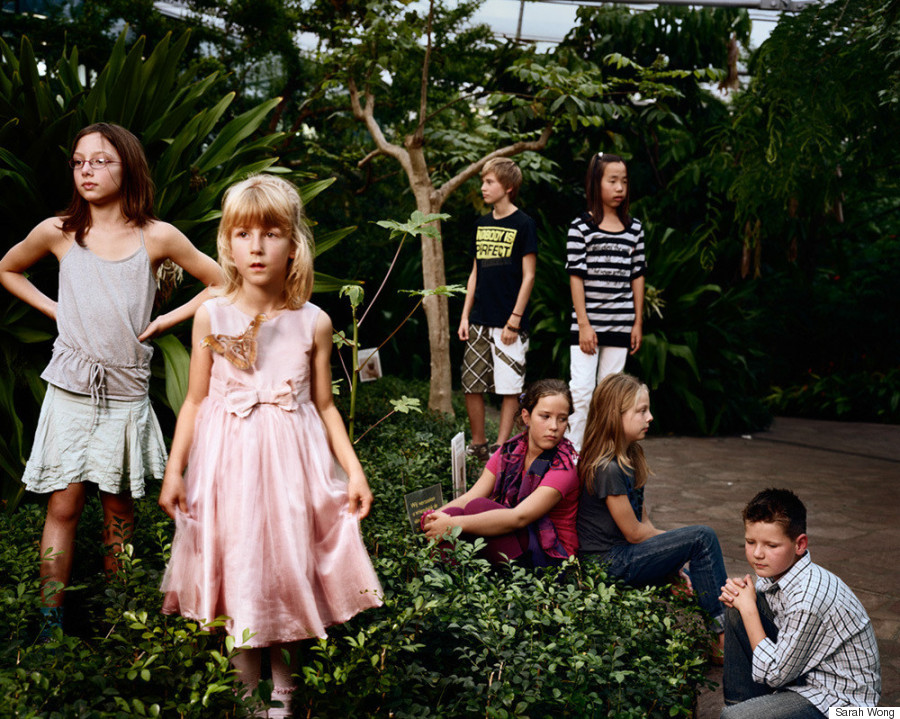
Butterfly tableau, 2010
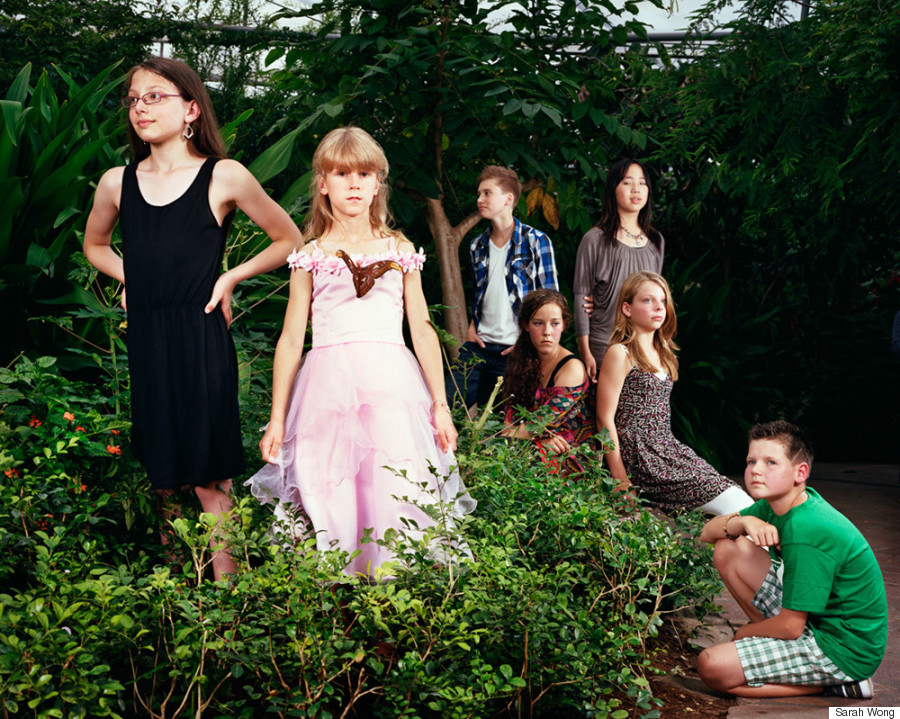
Butterfly tableau, 2012
— This feed and its contents are the property of The Huffington Post, and use is subject to our terms. It may be used for personal consumption, but may not be distributed on a website.
You Might Like
